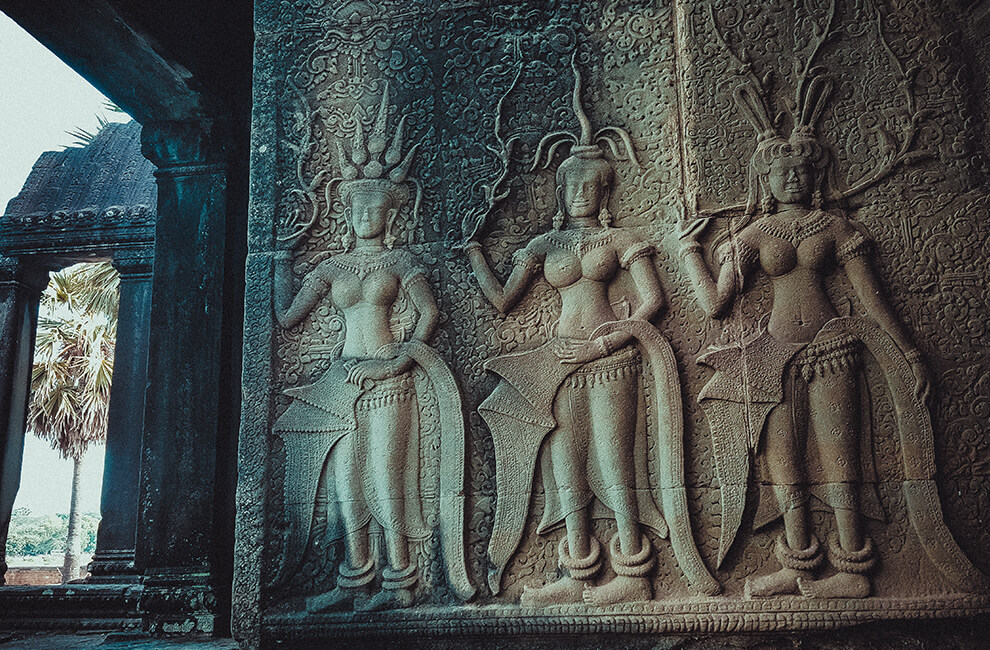Angkor Wat in Cambodia is one of the most iconic and breathtaking archaeological sites in the world. As the largest religious monument on the planet, this ancient temple complex attracts millions of visitors annually. Whether you’re a history enthusiast, a spiritual seeker, or a travel lover, Angkor Wat offers an unforgettable experience. In this comprehensive guide, we’ll delve into the history, architecture, significance, and travel tips for visiting Angkor Wat, ensuring you have all the information you need to plan your trip to this UNESCO World Heritage Site.
The History of Angkor Wat in Cambodia
Angkor Wat, located in Siem Reap, Cambodia, was built in the early 12th century by King Suryavarman II. Originally constructed as a Hindu temple dedicated to the god Vishnu, it later transformed into a Buddhist site. The name “Angkor Wat” translates to “City of Temples,” reflecting its grandeur and spiritual importance.
The temple complex was the heart of the Khmer Empire, which ruled much of Southeast Asia from the 9th to the 15th century. Despite the empire’s decline, Angkor Wat remained a significant religious site and is now a symbol of Cambodia’s rich cultural heritage. Its intricate carvings, towering spires, and vast moats are a testament to the ingenuity and artistry of the Khmer people.
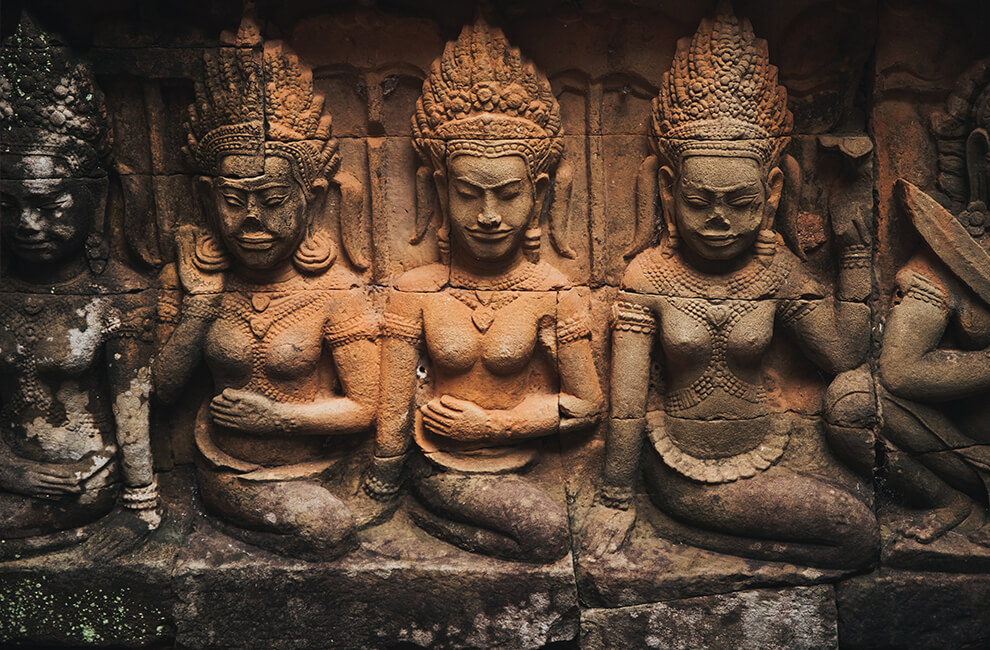
Why Angkor Wat is a UNESCO World Heritage Site
Angkor Wat was designated a UNESCO World Heritage Site in 1992, recognizing its outstanding cultural and historical significance. The site is celebrated for its:
- Architectural Brilliance: Angkor Wat is a masterpiece of Khmer architecture, featuring a unique blend of symmetry, symbolism, and intricate detailing.
- Cultural Importance: As a center of both Hinduism and Buddhism, Angkor Wat reflects the spiritual evolution of the region.
- Historical Value: The temple complex provides invaluable insights into the Khmer Empire’s political, religious, and social structures.
The Architecture of Angkor Wat
The design of Angkor Wat is a marvel of ancient engineering. The temple is laid out in a concentric pattern, with a central tower representing Mount Meru, the mythical home of the gods in Hindu cosmology. Surrounding the central tower are four smaller towers, symbolizing the mountain’s peaks.
Key architectural features include:
- The Moat: A massive 190-meter-wide moat encircles the temple, symbolizing the cosmic ocean.
- Bas-Reliefs: The walls of Angkor Wat are adorned with over 1,200 square meters of intricate bas-reliefs depicting scenes from Hindu epics like the Mahabharata and Ramayana.
- Galleries and Libraries: The temple complex includes numerous galleries and libraries, showcasing the Khmer Empire’s advanced knowledge and artistic skills.
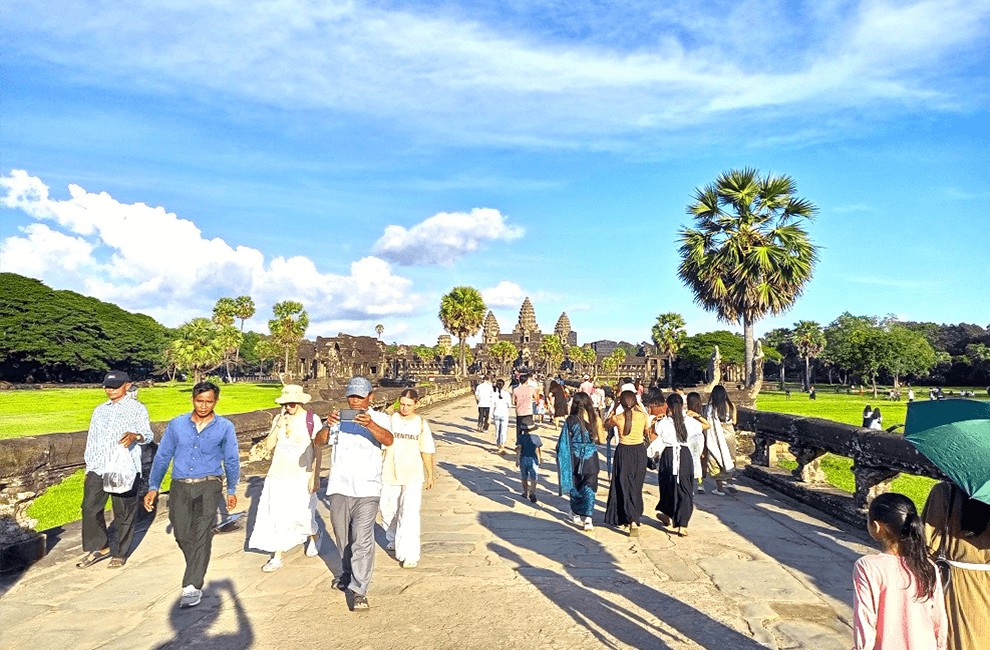
The Spiritual Significance of Angkor Wat
Angkor Wat is not just an architectural wonder; it is also a deeply spiritual place. For centuries, it has been a site of pilgrimage for both Hindus and Buddhists. The temple’s alignment with the sun during the equinoxes highlights its connection to celestial events, further emphasizing its spiritual importance.
Today, Angkor Wat remains an active place of worship, with Buddhist monks often seen meditating or performing rituals within its sacred walls. Visitors are encouraged to respect the site’s spiritual significance by dressing modestly and behaving respectfully.
Best Time to Visit Angkor Wat in Cambodia
The best time to visit Angkor Wat is during the dry season, which runs from November to March. During this period, the weather is cooler, and the skies are clear, making it ideal for exploring the temple complex and capturing stunning photographs.
- Sunrise at Angkor Wat: One of the most magical experiences is witnessing the sunrise over Angkor Wat. The temple’s silhouette against the morning sky is a sight you’ll never forget.
- Avoiding Crowds: To enjoy a more peaceful experience, visit early in the morning or late in the afternoon when the crowds are thinner.
How to Get to Angkor Wat
Angkor Wat is located approximately 6 kilometers north of Siem Reap, Cambodia’s most popular tourist hub. Here’s how you can reach the temple complex:
- By Air: Fly into Siem Reap International Airport, which is well-connected to major cities in Asia.
- By Land: Siem Reap is accessible by bus or taxi from Phnom Penh, Cambodia’s capital.
- Local Transportation: Once in Siem Reap, you can hire a tuk-tuk, bicycle, or private car to reach Angkor Wat.
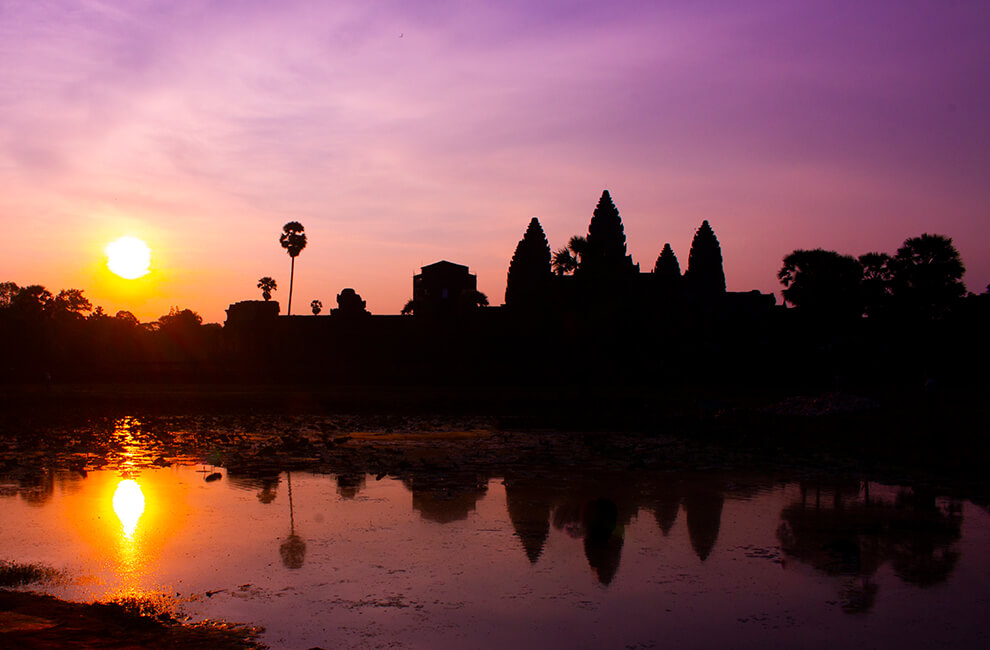
Exploring the Angkor Archaeological Park
Angkor Wat is just one of the many temples within the Angkor Archaeological Park, which spans over 400 square kilometers. Other must-visit temples include:
- Bayon Temple: Known for its massive stone faces, Bayon is a highlight of the Angkor Thom complex.
- Ta Prohm: Famous for its jungle-covered ruins, Ta Prohm offers a glimpse into how nature has reclaimed the temples.
- Banteay Srei: This smaller temple is renowned for its exquisite carvings and pink sandstone construction.
Travel Tips for Visiting Angkor Wat
- Purchase an Angkor Pass: To enter the Angkor Archaeological Park, you’ll need to buy an Angkor Pass. Options include a 1-day ($37), 3−day ($62), or 7-day pass ($72).
- Dress Appropriately: As a religious site, Angkor Wat requires visitors to dress modestly. Cover your shoulders and knees.
- Stay Hydrated: The Cambodian heat can be intense, so carry plenty of water.
- Hire a Guide: A knowledgeable guide can enhance your visit by providing historical and cultural insights.
- Respect the Site: Avoid touching the carvings or climbing on restricted areas to help preserve this ancient wonder.
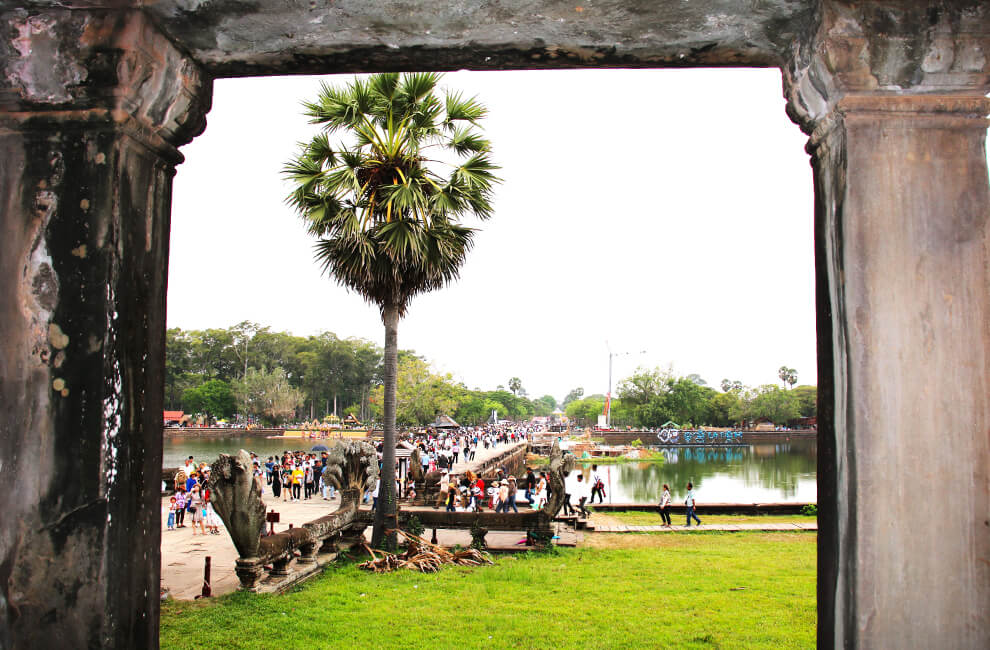
Angkor Wat in Popular Culture
Angkor Wat has captured the imagination of people worldwide and has been featured in numerous films, documentaries, and books. Its timeless beauty continues to inspire artists, writers, and filmmakers, further cementing its status as a global icon.
Conclusion: Why Angkor Wat is a Must-Visit Destination
Angkor Wat in Cambodia is more than just a temple; it is a symbol of human creativity, spirituality, and resilience. Its awe-inspiring architecture, rich history, and spiritual significance make it a must-visit destination for travelers from around the world. Whether you’re marveling at the intricate carvings, watching the sunrise over the temple, or exploring the surrounding archaeological park, Angkor Wat promises an experience that will stay with you forever.
Plan your trip to Angkor Wat today and discover why this UNESCO World Heritage Site is considered one of the greatest wonders of the ancient world.

